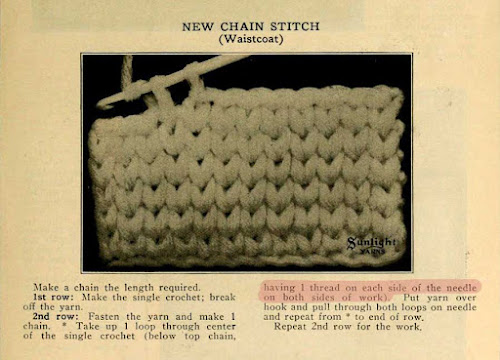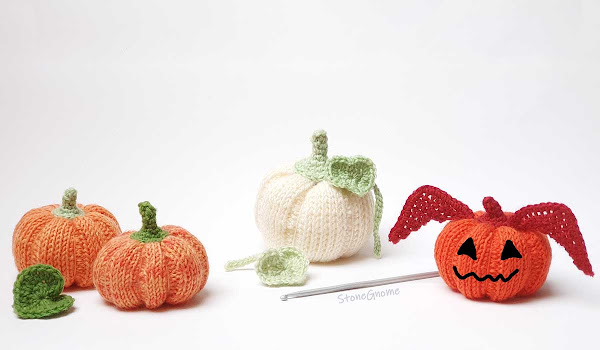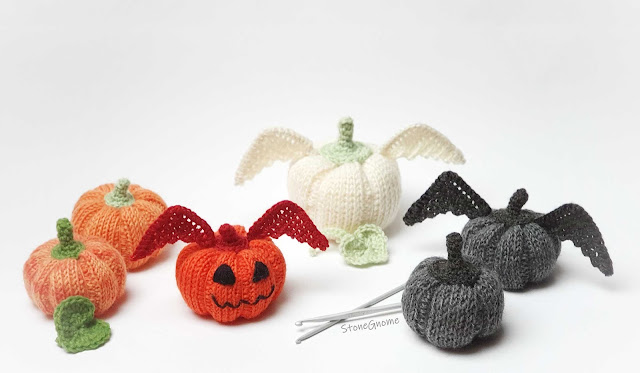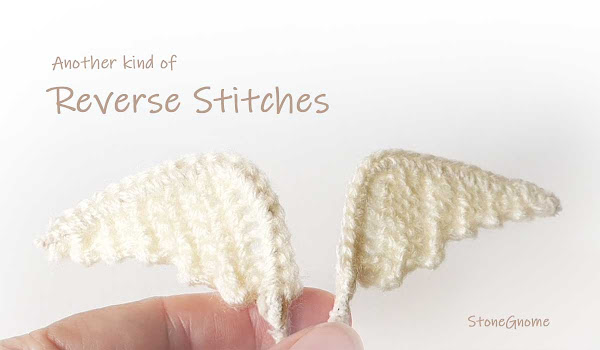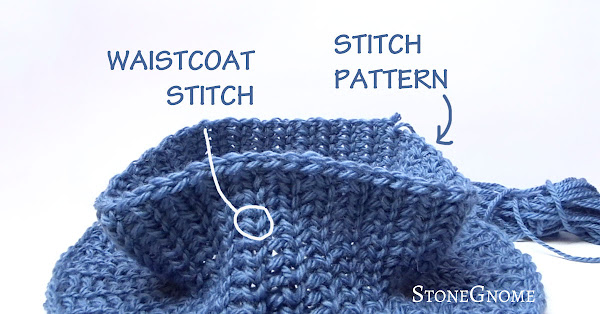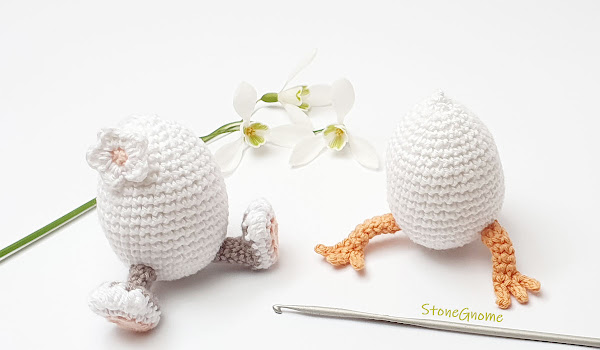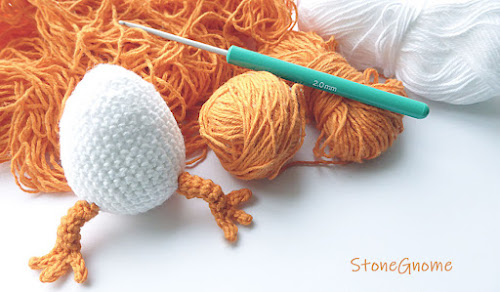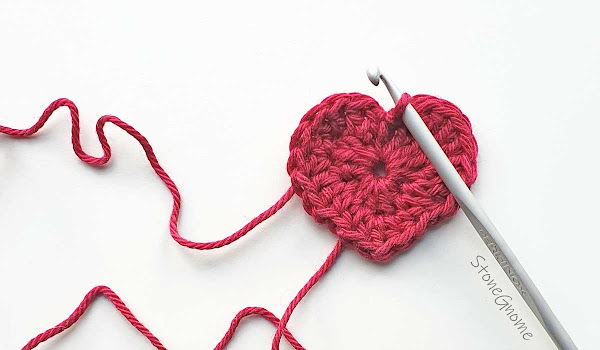Lovely, soft, stretchy, and comfy gloves. Easily made once you get familiar with the stitches.
Half Mittens is the perfect fingerless mittens crochet pattern for most crocheters who like to try new and unique patterns and stitches. It works for rehearsed beginners as well as very advanced crocheters.
NOTE. The Half Mittens crochet pattern was released on February 24th 2024.
I forgot to add it to the website too. Thank you to all who already found and downloaded it.
I forgot to add it to the website too. Thank you to all who already found and downloaded it.
The mittens are worked bottom-up - from the cuff and up. With a built-in thumb gusset, they are as simple as possible. There are no seams and therefore a minimal number of loose ends to weave in.
AND - Fingerless gloves make it possible to use the mobile.
Pattern Download
The Half Mittens crochet pattern is available here. ADD TO CART.
Or visit and purchase the pattern from
Depending on the source, use the built-in library or save the email you get for future access to the pattern.
Half Mittens Pattern Details
Languages. The pattern is available in English and Danish.
The English pattern uses US terms but it is fairly easy to 'translate' to UK terms. Those few times it says sc (US - single crochet), it should be translated into dc (UK - double crochet stitch).
Sizing. Child (6-8) and Woman (S/M). Tips for altering the sizes are included in the pattern.
Yarn
Find a lovely soft yarn with a little flexibility to get the best gloves ever. This could be a soft Wool Sock yarn blend.
Yarn weight. Fingering (Fingering. 210m/50gr (230y/1.76 oz) or slightly lighter. A heavier yarn can result in a dense and thick fabric.
Yarn usage. One yarn ball of 200-210m is enough for a pair of mittens.
Hook Size
The mittens are designed for a hook size 5mm (US H/8, UK 6).
However, a couple of testers preferred a smaller hook and looser stitches. This is not unusual when working waistcoat stitches. Use what works for you and gives you the required gauge/tension.
Guides and Photos
The pattern includes
- a waistcoat stitch guide
- illustrative photos & helpful tips
- guidance and photos on invisible finishing and weaving in loose ends.
This pattern also has something useful when you want to make the next 10 pairs of Half Mittens:
- an Easy Reference/Cheat Sheet page.
Enjoy creating :)
Copyright and Uses
Feel free to do as you please with any products you make with your own hands from a StoneGnome pattern. Selling and donating are perfectly fine. ❤
Just remember that StoneGnomes designs, including patterns and photos, are copyrighted. However, links to www.stonegnome.com are very much appreciated.
Waistcoat Stitch Secrets
If you want to delve deeper into the waistcoat stitch and discover more than what this crochet pattern offers, visit 'The Waistcoat Stitch Secrets.'







